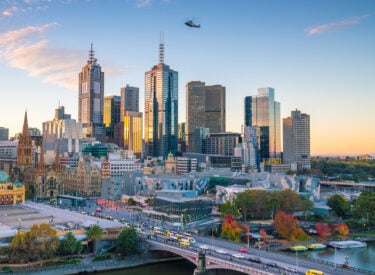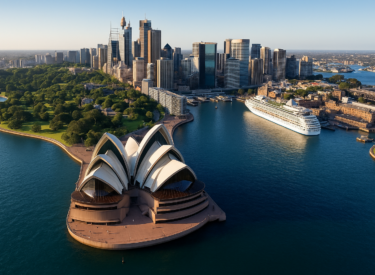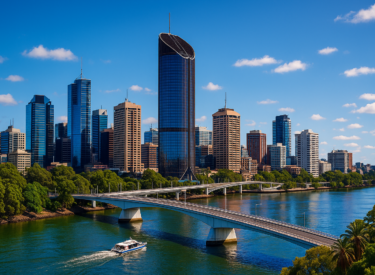
Key takeaways
Australia’s population is projected to grow from 27.1 million in 2024 to 31.3 million by 2034–35 and could reach 41.2 million by 2064–65. Growth rates will slow, declining from 2.1% in 2023–24 to 1.2% by 2034–35. Population growth will impact infrastructure, housing, job markets, and urban density.
Capital cities will grow almost twice as fast as regional areas. Western Australia and Victoria are forecasted to grow the fastest, while Tasmania and South Australia are expected to lag. Greater Brisbane is set to house over half of Queensland’s population by 2034.
The median age will rise from 38.3 to 40.0 years by 2034. This demographic shift will demand strategic planning in healthcare, retirement systems, and housing suited for an aging population.
Demographics will be a stronger long-term force shaping property markets than interest rates or government policy. Property investors should focus on understanding population trends to identify areas and property types poised for continuous demand and outperformance.
Australia’s growth trajectory presents opportunities and challenges in urban planning, infrastructure, and housing. Preparing for these demographic shifts will be critical in shaping the country’s future prosperity and livability.
Have you ever wondered what Australia will look like in a decade?
You might be surprised by what's coming.
This year, the United Nations projected that the world’s population would peak in 2084 at 10.3 billion people before falling due to the global decline in fertility.
However, the recently released 2024 Australian Population Statement shows the contrast between Australia’s long-term population prospects and the global outlook, with population growth in Australia expected to continue.
Here's a look at what the future might hold based on the latest data:
Population growth trends
Australia's population is projected to increase from 27.1 million in early 2024 to 31.3 million by 2034–35.
But it's not just about more Aussies to fill the stadiums, this growth will tweaking everything from job markets to how crowded your morning train ride is, and where people want to live and how people want to live.
That’s why the research department at Metropole spends a lot of time and effort looking at future demographic trends to ensure we find the locations that will outperform the averages.
Our population will eventually reach 41.2 million by 2064–65.
This represents a slowing growth rate, from 2.1% in 2023–24 to an expected 1.2% by 2034–35.
Drivers of population change
- Net Overseas Migration (NOM): Historically a significant driver of population growth, NOM peaked in 2022–23 and is expected to moderate over the coming years.
This moderation reflects both a stabilisation of arrivals and an increase in departures.
Policy shifts, such as tighter visa regulations and increased scrutiny of international student applications, are influencing these numbers.
- Fertility Rates: The fertility rate has been declining since the 1960s and is projected to remain at record lows, around 1.62 births per woman by 2031–32. Economic and social shifts contribute to this sustained decline.
- Mortality Rates: Mortality rates have been affected by COVID-19, with the pandemic contributing to a temporary increase in deaths.
This impact is now expected to decline, with mortality rates normalising by around 2028–29.
Regional variations
The growth patterns between states and territories will continue to vary significantly.
The growth in capital cities is projected to be nearly twice as fast as in regional locations.
Western Australia and Victoria are anticipated to be the fastest-growing states, whereas Tasmania and South Australia are expected to grow more slowly.
Greater Brisbane is expected to house over half of Queensland’s population for the first time since 1978, reflecting significant urban consolidation.
Demographic aging
The average Aussie is getting older, and that’s not just because of good skincare routines.
By 2034, our median age is projected to increase from today’s 38.3 to 40.0 years.
This shift is going to need some serious planning, especially when it comes to healthcare and retirement.
Conclusion
Thinking about all this, it’s clear we’re on the cusp of some pretty interesting times.
How we plan for and react to these changes will really define the next chapter in our Aussie story.
As a property investor, it will be important to understand the significant demographic trends that will change the types of property that will be in continuous strong demand in the long term and, therefore, outperform.
In my mind, demographics will be more important in shaping our property markets over the long-term, than the short-term influences of interest rates or government interference.
By the way… do you subscribe to my Demographics Decoded Podcast with leading demographer Simon Kuestenmacher?
For weekly insights and strategic advice, subscribe now on your favourite Podcast player:
In the Demographics Decoded podcast, we will continue to explore these trends and their implications in greater detail.














